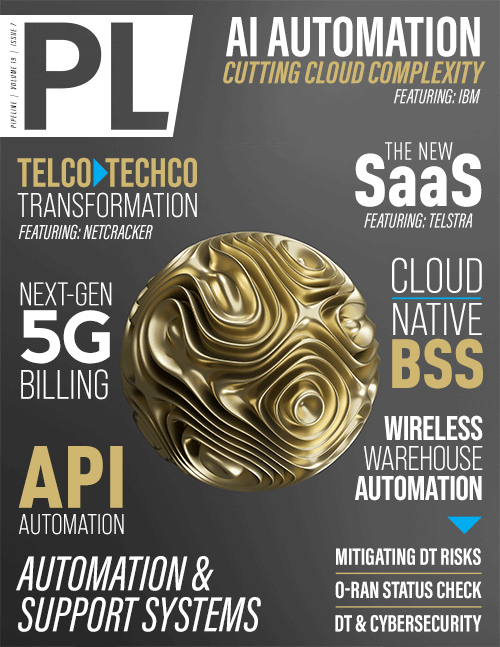Unlocking 5G Monetization with
Next-Generation Billing
multimedia applications such as augmented and virtual reality. In addition to consumer applications like gaming, AR/VR is also used in engineering, construction, and other industrial applications.
Wireless artificial intelligence (AI) applications are taking advantage of 5G. Edge computing gathers data from local devices to train and refine centralized machine learning models. AI analytics can use wireless sensors to monitor smart city infrastructures to control traffic signals to optimize traffic flow. AI can also be applied in security for threat and intruder detection.
Expect to see a growing number of industrial applications for 5G. In logistics, 5G tracks goods in transit and for fleet monitoring and navigation. In healthcare, 5G is used to monitor wearable health monitors. Retailers use IoT sensors to track inventory and manage checkout using AI to identify goods. IoT devices are used in agriculture for applications such as monitoring livestock. AI and IoT combine to monitor equipment for proactive equipment maintenance in manufacturing.
Each of these applications has a different QoS profile requiring different levels of 5G service. CSPs, service providers, and others will collaborate to deliver these MEC services, charging and sharing fees based on service priority and demand.
The CSP is responsible for maintaining the network to deliver applications to the end users. Moving data processing to edge computing systems allows CSPs to deliver the last mile of service to customers, creating a new revenue stream for CSPs, given they can charge for MEC access and management of the service. Because CSPs, cloud service providers, equipment manufacturers, software as a service (SaaS) software providers, and others are all involved in delivering 5G services, MEC transparency is essential for revenue sharing.
Using intent pricing
Providers will also start using intent pricing for services as billing for broadband access no longer makes sense. Intent billing charges for services consumed on demand, based on performance SLAs. Charging access fees for continuous access for IoT monitoring is impractical. Instead, MEC services will bill for IoT access on demand, charging more for priority data traffic and less for low-level monitoring. Customers will pay a premium for high-speed, high-priority access.
When purchasing services and paying via intent billing, the customer shares their intent with the service providers, for example, if they need a dedicated 5G connection to operate remote hardware between 2:00 and 3:00 p.m. The service providers then set the price for service based on the network requirements. Each participant supporting the MEC service quotes a fee based on the cost of service, latency and slicing requirements, and other factors. Once the price is calculated based on user intent, the customer can accept or reject the service agreement terms.
To demonstrate how intent billing for 5G services can work, Blue Planet, Gotransverse, MATRIXX Software, Salesforce, Verizon, and Vodafone Group joined forces to create a B2B2X marketplace as part of a Catalyst project for TM Forum. The test case showed how a building contractor could license services to use 5G-networked drones for site inspection. The contract called for 5G access for a specified time of use with latency requirements, connection reliability, and other variables calculated as part of the service, including the additional load on the 5G ecosystem. Revenue sharing is calculated in the price of the service. Once the fees are calculated, the contractor receives a quote for service.
Service providers and their partners have just started to tap the immense revenue potential of 5G. New commercialization ideas, such as our B2B2X marketplace test case, continue to emerge. With every new service model come new revenue opportunities to monetize for CSPs and other partners in the 5G delivery system.



















